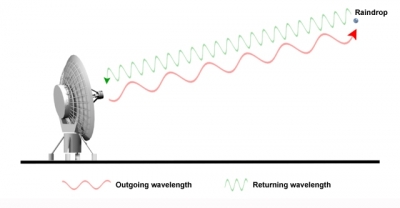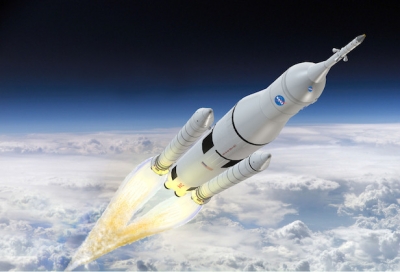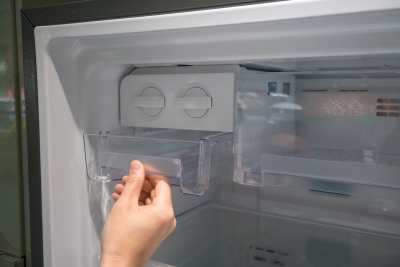How radar works?

We have all at one time or another heard the echo of our own voice. An echo is caused by sound waves being bounced back from a solid obstacle, rather like a rubber ball bouncing off a wall. The same thing happens to radio waves which are sent out by a powerful transmitter. When the waves collide with a solid object they bounce back and can be picked up by a receiving set which is usually located at the same place as the transmitter. Since the speed of these waves is known we can tell how far away the obstacle is by calculating how long the waves take to cover the distance. This is how radar works.
The word ‘radar’ is an abbreviated form of the name ‘radio detection and ranging’. Radar is now used everywhere’ at airports, missile bases, space centers for following and tracking satellites and on ships and tracking satellites and on ships and aircraft for automatic navigation. A simple form of radar is used by police to detect speeding vehicles.
Picture Credit : Google

